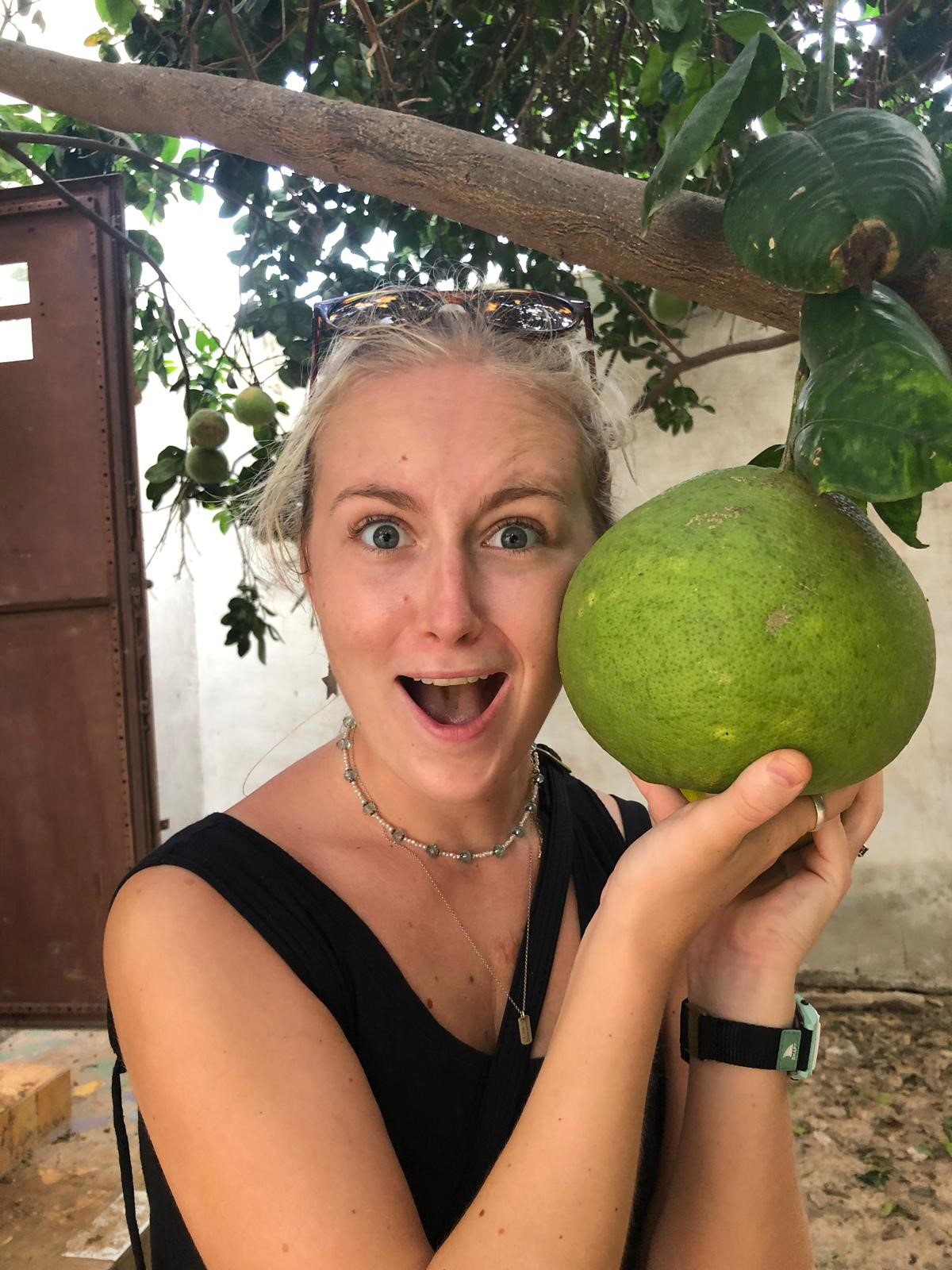July 10, 2020
By: Leslie
By Cate I’ll admit it. My spring semester didn’t go as planned. But then again, in this crazy year of 2020, whose spring has? I thought I would still be in Ecuador during this time. I thought I would be...
Read the full post »
April 15, 2020
By: Leslie
By Makee I have come home from Buenos Aires with a strong desire for one thing: choripán. The delectable dish consists of grilled or smoked chorizo sausage, perfectly crunchy bread, and toppings such as gooey cheese, lettuce, and coleslaw. My...
Read the full post »
January 15, 2020
By: Admin
By Eleanor I’d like to discuss something very close to my heart today: food. Senegalese food, to be exact. I promise you that each dish will leave you begging for the recipe-- and you’ll want them all. Especially the street...
Read the full post »


